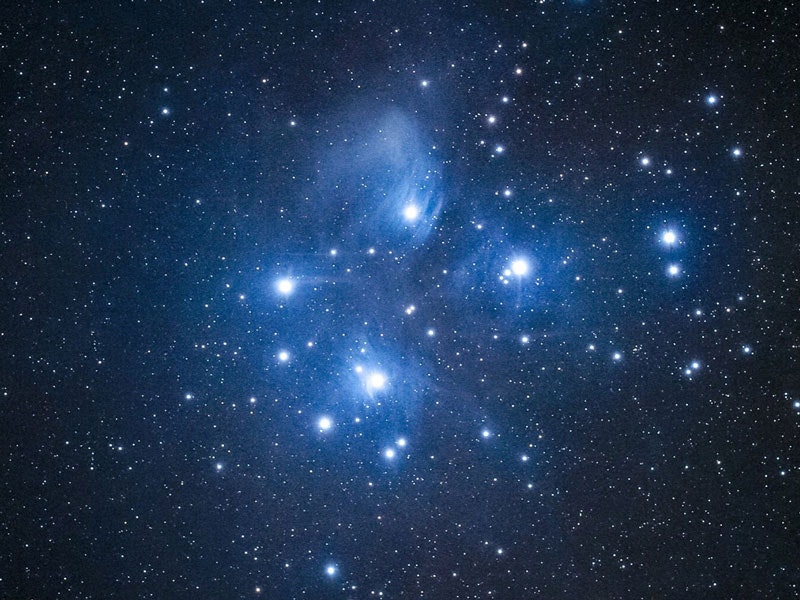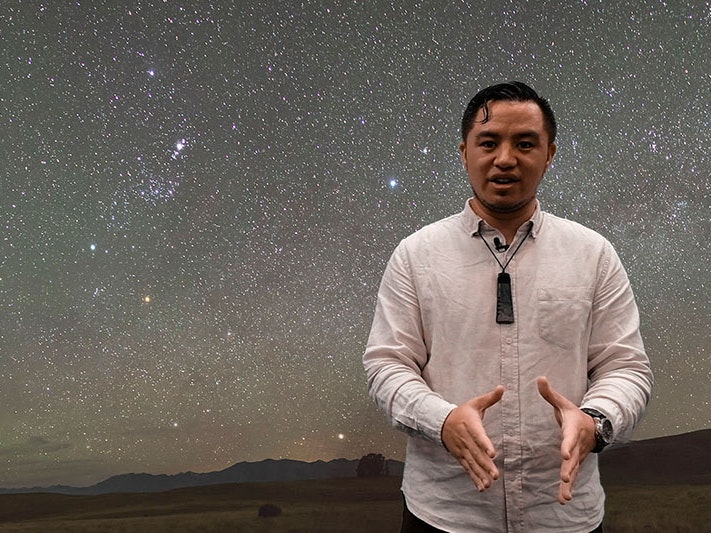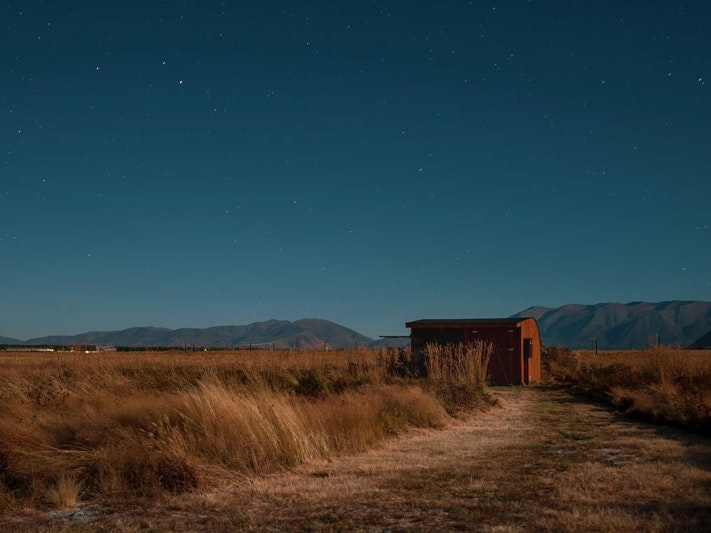
Matariki star facts
Get the facts about Matariki – a star cluster known worldwide and treasured in Aotearoa New Zealand.
Free museum entry for New Zealanders and people living in New Zealand
Open every day 10am-6pm
(except Christmas Day)
Free museum entry for New Zealanders and people living in New Zealand
There are over 500 stars in the Matariki cluster – but only a handful are visible without the use of a telescope.
Each of the stars has their own unique characteristics that Māori acknowledge and honour.
Meet the stars below!
Pōhutukawa connects us to our loved ones that have passed on.
Māori belief determines that when an individual dies, their spirit leaves their body and undertakes a journey along Te Ara Wairua, the pathway of the spirits. This journey ends at the northernmost point of the North Island at a place called Te Rerenga Wairua (the departing place of the spirits). The dead travel along the rocky ledge towards the ocean where an ancient pōhutukawa tree stands. They then descend the aka (root) of this tree and disappear into the underworld. Below Te Aka, the long dry root of the pōhutakawa which does not quite reach the sea, is Maurianuku, the entrance to the underworld.
Pōhutakawa is the whetū that connects Matariki to the deceased and it is the reason why people would cry out the names of the dead and weep when Matariki was seen rising in the early morning.
Look up at the night sky, and you will see your ancestors shining brightly.
Kua whetūrangihia koutou
You have now become stars
Matariki has a special connection to gardens and the various foods that grow in the earth. In particular the star Tipuānuku determines the bounty of foods such as kūmara and the name Tipuānuku means to grow in the ground. As Matariki sets in the western sky at dusk around the month of May, the harvesting of the gardens comes to an end and winter approaches. This is the meaning of the proverb:
Hauhake tū, ka tō Matariki
Lifting of the crops begins when Matariki sets
Tipuārangi is linked to birds and other elevated foods such as fruits and berries from trees. During the rising of Matariki, kererū were harvested in large numbers, cooked, and then preserved in their own fat. This activity gave rise to the statement:
Ka kitea a Matariki, kua maoka te hinu
When Matariki is seen the fat of the kererū is rendered so the birds can be preserved
If Tipuārangi is hard to see at Matariki - kai from the sky will be scarce. If she is nice and bright – there will be plenty of food from the sky.
Waitī is associated with all freshwater bodies and the food sources that are sustained by those waters.
The association Waitī and Matariki have with the creatures of fresh water is reflected in the proverb:
Ka kitea a Matariki ka rere te korokoro
When Matariki is seen, the lamprey migrates
The korokoro is the lamprey, and these aquatic creatures leave the ocean during the winter, migrating up freshwater streams to spawn. This process occurs when Waitī is seen in the morning sky.
If Waitī is dim when she rises, the food from freshwater sources will be scarce. If you can see her clearly, it will be bountiful.
Waitā is associated with the ocean and all life within this domain. Furthermore, it is said that when Matariki sits just above the water horizon, it has significant influence over the tides of the ocean and the floodwaters.
Waipunarangi is associated with the various forms of rain that we experience throughout the year as it falls from the sky and washes over the earth, nourishing all living things.
The pooling of water on the ground caused by heavy and persistent showers of the winter months are referred to as:
Matariki tāpuapua
The pools of Matariki
If you can’t see Waipunarangi clearly during Matariki, the year will bring lots of rain and maybe some flooding. If she’s bright and clear, the rain will be light.
Ururangi connects us to the different winds and this whetū determines the nature of these winds.
If Ururangi is hard to see when the cluster of Matariki rises, the year will be windy. If he is bright and clear, the winds will be calm.
Ngā taritari o Matariki
The winds of Matariki
Hiwa-i-te-Rangi is the youngest star in the Matariki cluster.
She is the star to which our dreams and aspirations are connected too. It is to Hiwa that Māori would send their dreams and desires for the year in the hope that they would be realised. This tradition is similar to wishing upon a star, or a New Year’s resolution.
Ki a koe e Hiwa
I send my wishes to Hiwa
Matariki signifies reflection, hope, the gathering of people, and our connection to the environment. Matariki is also connected to the health and well-being of people. At times Matariki is viewed as an omen of good fortune and health. She is widely known as the mother of the eight stars that make up the cluster of Matariki. She is tasked with supporting, watching over, and encouraging her children.
If the cluster, and especially the individual Matariki whetū was seen high and bright in the night sky, it denoted good luck, peace, and well-being for those who observed it. If it were seen in the sky when a patient was suffering from an illness it was taken as a sign they would soon recover. This association with health is affirmed in the saying,
Matariki, huarahi ki te oranga tangata
Matariki, pathway to the wellbeing of man
Text: Rangi Matamua
Image: Te Haunui Tuna
Image and text derived from Matariki: The Star of the Year by Rangi Matamua and reproduced by permission of Huia Publishers.

Get the facts about Matariki – a star cluster known worldwide and treasured in Aotearoa New Zealand.

Educator Hauiti Gardiner shows you how to find the Matariki star cluster during the Māori New Year, which falls in the month of Pipiri (June–July).

You’ve read our Matariki resources – now it’s time to test your knowledge!